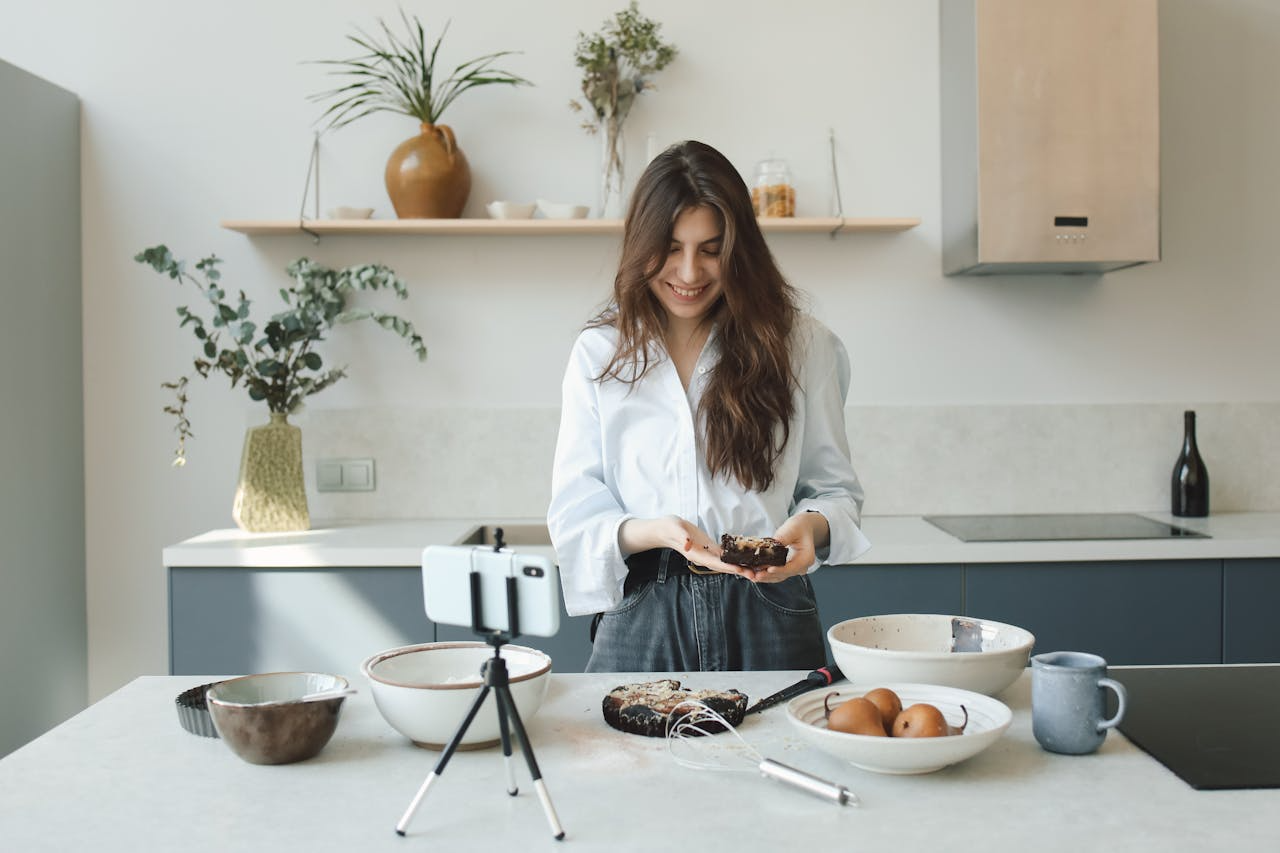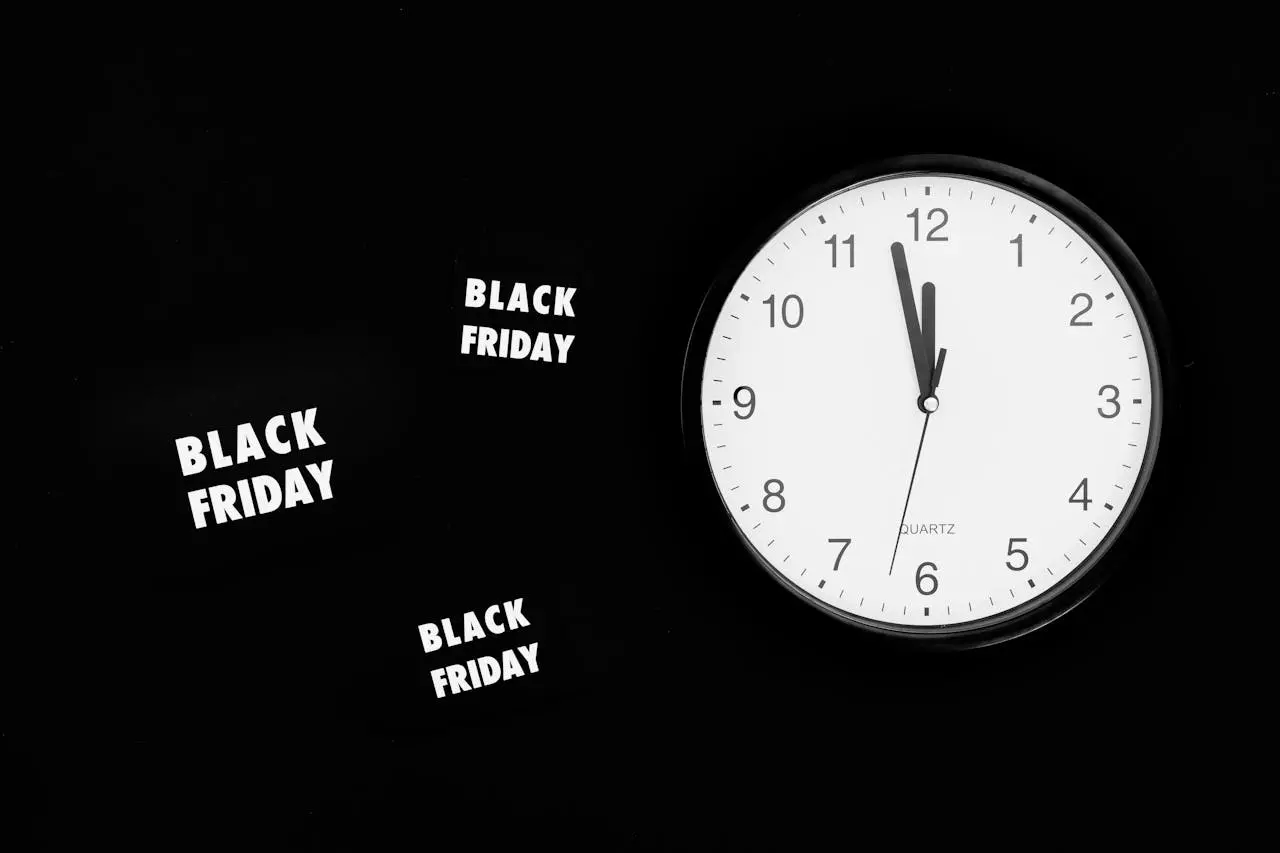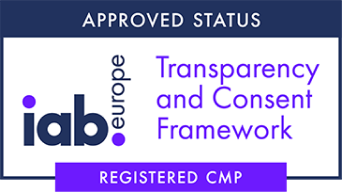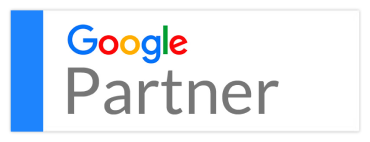On social networks, advertising partnerships are taking center stage. On Instagram, Facebook and YouTube, we’re seeing more and more ads based on a creator’s content. But what exactly are they? Do these partnership ads offer real benefits for your brand or e-commerce business? How do partnership ads work? And, above all, how do you set them up effectively?
Our affiliation andinfluencer marketing platform offers you this complete guide to everything you need to understand and the strategic steps to follow to launch a successful partnership campaign.
Advertising partnerships: definition and operation
Before getting to the heart of the matter, you need to understand exactly what it is and how it works.
An advertising partnership, also known as collaborative advertising or co-advertising, is a sponsored ad served from the content of a creator or influencer.
The aim of the advertising partnership? To combine theauthenticity of the creator with the targeting power of algorithms and paid media tools.
How does Partnership Ads work?
- The creator publishes the content on his account, tagging the partner brand.
- The brand receives a notification and can, via its ad manager, transform this post into a sponsored ad.
- The brand then chooses the parameters (budget, audience, duration, placements).
- The ad appears in the news feed or stories, under the creator’s name, with the words “Sponsored content in partnership with [brand]”.
The hybrid format is now available on Facebook Ads Manager, Instagram Branded Content, YouTube BrandConnect and TikTok Spark Ads.
Who launches the ad: the brand or the designer?
The brand manages distribution via its advertising manager. The creator simply provides the content and authorizes its use. In this way, the brand itself can adjust targeting, budget and format, while maintaining the message’s credibility.
Is it possible to modify the creator’s content before sponsoring it?
First of all, the principle of this type of marketing partnership is that the content must remain identifiable as coming from the creator. On the other hand, the brand is perfectly entitled to modify it, provided this is stipulated in the brief or contract. Altering text, visuals or tone without the creator’s explicit agreement can be detrimental to performance.
Remember: the designer’s style is integral to the effectiveness of partnership advertising.
Are there any legal requirements for partnership advertising?
Yes, in France, all paid partnership ads must be transparent. According to the ARPP, the words “partenariat”, “#pub” or “collaboration commerciale” are mandatory. Failure to do so may result in sanctions or undermine audience confidence.
What are the advantages of partnership advertising?
Before taking the plunge, let’s face it: partnership advertising has everything to seduce brands and e-tailers.
Authenticity and trust
The strength of a partnership ad is its voice. Here, it’s not a brand that speaks for itself, but a creator with his or her own words, tone and spontaneity. This dimension changes everything.
When a designer says “I’ve tested this product”, consumers see it more as a recommendation from a friend.
Measurable advertising performance
In addition to this authenticity, collaborative advertising shines in terms of performance figures. However, costs remain reasonable, and results are often impressive. In France alone :
- The average CPC on Facebook varies between €0.20 and €1, depending on the sector.
- On Instagram, depending on the format and target, the average CPM is around €5 to €10.
- And on YouTube, a reliable Brand Lift requires around 100,000 impressions, proving that the format is still suitable for large audiences.
Note: YouTube will have over 41.4 million users in France in 2025, with an average of 16 hours of viewing per month. In other words, there’s plenty of room for co-branded content!
Better reach, recall and engagement
The great advantage of these advertising partnerships or partnership ads is that they also leave a trace. People don’t just see the ad: they remember it, they comment on it, they share it.
According to a Meta for Business study (2024), partnership ads display an average of :
- +34% higher click-through rate (CTR) than traditional brand advertising
- –28% lower cost per acquisition (CPA)
- A 45% increase in ad recall.
And the same is true of engagement. A post signed by a designer often gets 2 to 3 times more interactions (likes, shares, comments) than a branded visual.
Why such results?
- The message comes from a familiar face, not a logo.
- The algorithm favors content perceived as authentic.
- The brand retains control over distribution.
Targeting, scalability and optimization
Now you understand that one of the strengths of co-advertising is its flexibility. You can target precisely, test, compare and adjust. In short, you can run your campaign like a Swiss watch.
In short: total scalability. You can start small, then gradually build up without losing consistency. Unlike an organic post, a partnership ad remains 100% measurable. You track results just like any other paid ad, but with an extra touch of soul.
Advertising partnerships or brand advertising: which to choose?
Faced with the growing importance of this type of strategic partnership, the question does indeed arise. Before making a decision, it’s important to understand the nuances involved.
The table below clearly summarizes the main differences between these two approaches.
| Criteria | Brand advertising | Advertising partnership |
| Credibility and authenticity | Weak: Corporate message, controlled tone, but sometimes too “commercial”. | Strong: Natural tone, more human and embodied. The audience believes more. |
| Engagement (likes, reactions, comments) | Variable, often limited by lack of emotion. | Strong (up to +30% according to Meta) |
| Targeting and control | Totally controlled by the brand. | Shared (designer + brand) |
| Total cost | Media budget + in-house or agency production. | Media budget + remuneration of the creator + possible rights of use, but often better ROI. |
| Performance and measurement | Highly structured: precise tracking and data tools. | Precise tracking and data.
Same precision + specific indicators (Brand Lift, interaction rates, conversions from creative content). |
| Impact on image | Reinforces brand awareness, but in a downward direction. | Creates immediate proximity. Here we listen to an opinion. |
In short: collaborative advertising doesn’t replace brand advertising, it complements it.
How do you launch your advertising partnerships?
Are you convinced of the real benefits that partnership advertising can bring to your online store? Let’s take a look at the strategies you need to adopt to launch a partnership ad.
Step 1: Define your goals
- Choose what you want to achieve: awareness (reach, brand awareness), visibility (impressions), engagement, traffic to site, conversions/sales.
- Combine KPIs: impressions, CPM, CTR, CPC, CPA, ROAS, ad recall, brand lift.
- Set a test period (e.g. 1-2 weeks) to measure initial results.
Step 2: Choose the right advertising partner
Here, your objective is not to find the star of the moment. Look for consistency!
- Segment according to audience, style, niche. Micro-influencers for qualitative reach and conversion, macro for reach.
- Check organic engagement rates, audience quality, credibility (comments, authenticity).
- Plan to A/B test several designers/contents to compare what works best.
Strategic tip: mix micro-influence and macro-influence to cover the different stages of the tunnel (TOFU → MOFU → BOFU).
Step 3: Creating the content and brief
Before content creation :
- Provide a clear brief: key message, tone, call to action, visuals. But leave the designer free to keep his or her style (authenticity).
- From the outset, include in the brief what will and won’t be allowed (modifications, versions, formats, placements).
Step 4: Contract negotiation
The legal and financial aspects must not be overlooked. Take into account :
- Sponsorship authorizations. The creator must grant the brand the right to boost its content.
- Rights of use. Specify duration, channels (networks, display, website) and territories concerned.
- Budget. Make a clear distinction between the designer’s remuneration and the media budget. They are two different but complementary items.
- Legal notices and transparency. Respect French regulations (ARPP) with #ad, #sponsorisé, etc.
- Data access. Agree on the KPIs to share in order to analyze results together (CTR, reach, conversions, brand lift, etc.).
Step 5: Technical activation
On Meta (Facebook/Instagram), the creator publishes by tagging the brand. The brand approves the publication in its Ads Manager, then sponsors it according to the objectives, targeting, budget and duration defined.
On YouTube, via BrandConnect or other partnership arrangements, your brand can promote the creator’s video in its own campaigns. For Brand Lift studies, expect the recommended minimum number of impressions, i.e. around 100,000.
Step 6: Launch and optimization
- Start with tests. Vary messages, formats and creators to identify winning combinations.
- Analyze data from the first 24-72 hours: CTR, CPC, CPA…
- Reallocate budget to what performs best (content + audience).
- Boost what works. If an organic post takes off, sponsor it quickly to capitalize on its momentum.
Step 7: Measuring awareness + Brand Lift
Finally, it’s time to measure. It’s time to see what your campaign has really changed in the minds and hearts of the public.
On Meta or YouTube, Brand Lift studies assess the impact on awareness, ad recall and sometimes even purchase intent.
Then compare the results. Compare organic and sponsored performance, as well as image and engagement trends.
Advertising partnerships: what are the mistakes to avoid?
Even the best partnership campaigns can fail if certain rules are overlooked.
Here are the most common pitfalls:
- Neglect transparency. Forgetting to mention “partnership” or “#pub” can lead to a loss of credibility.
- Choosing a designer solely for their reputation. A large number of subscribers does not guarantee a good return on investment.
- Excessively altering the original content. Tweaking the tone or message of the creator can break authenticity.
- Not monitoring results in real time. An unoptimized campaign can quickly eat up your budget.
- Forget retargeting. Views or clicks should be re-used to follow-up with prospects.
Today, partnership ads are much more than just a marketing tool. They are real levers of trust, commitment and performance. A well-orchestrated partnership campaign transforms visibility into tangible impact, and likes into measurable conversions.
Join us now and set up high-performance influencer campaigns and partner ads.
To find out more :
UGC for Paid Media: Harness the power of content!
How do you manage the complexity of digital advertising campaigns?








